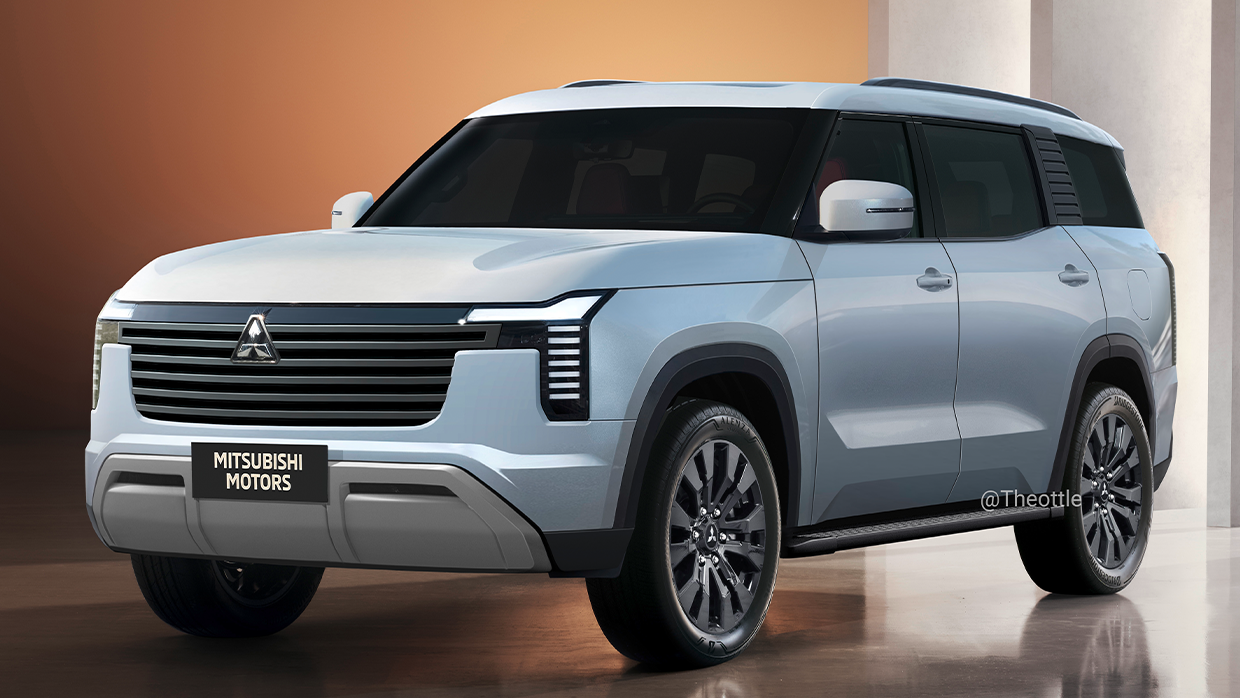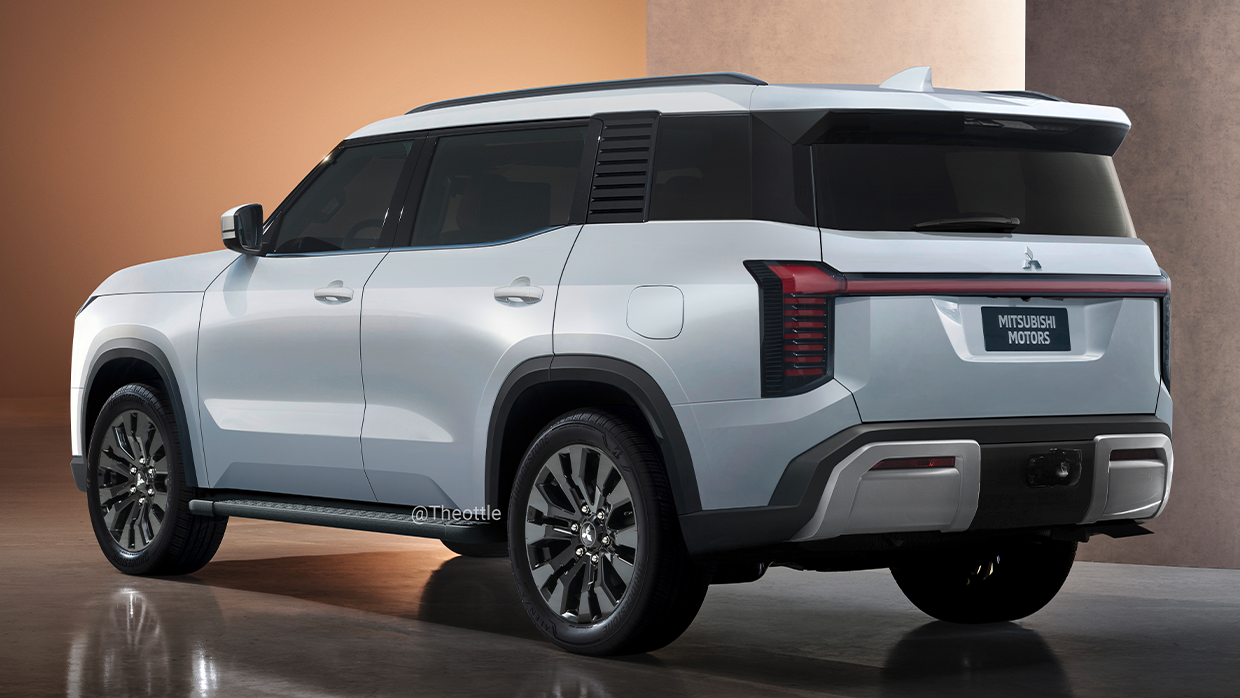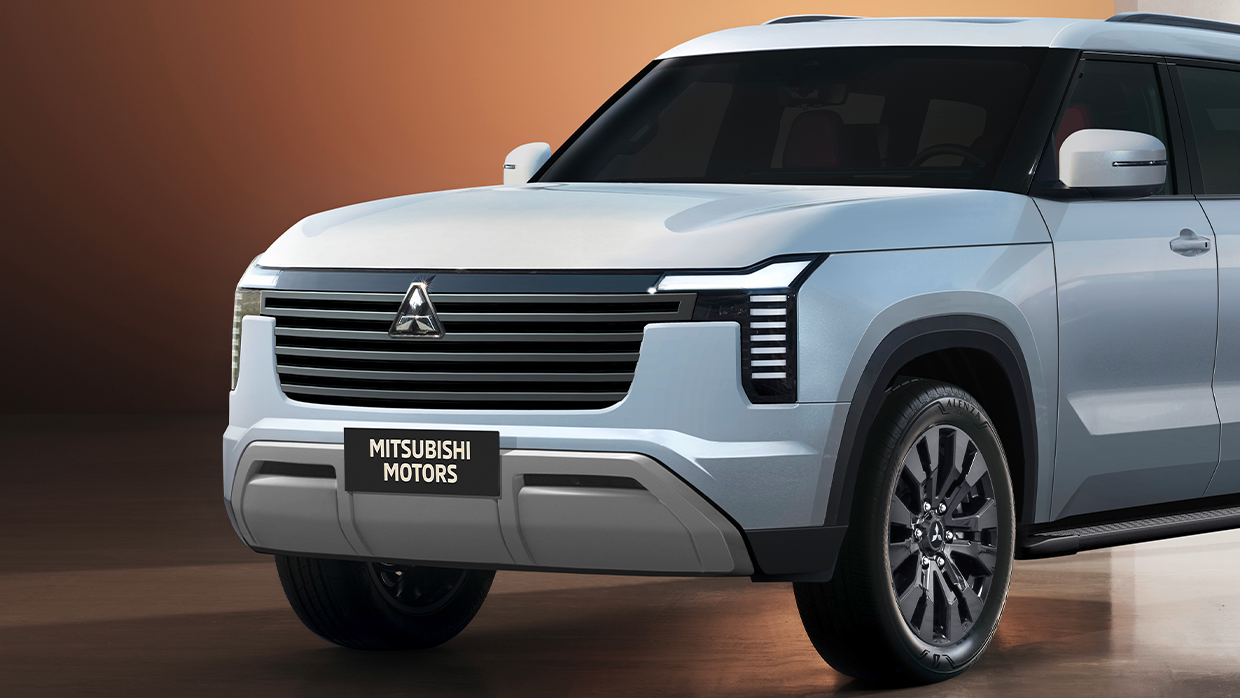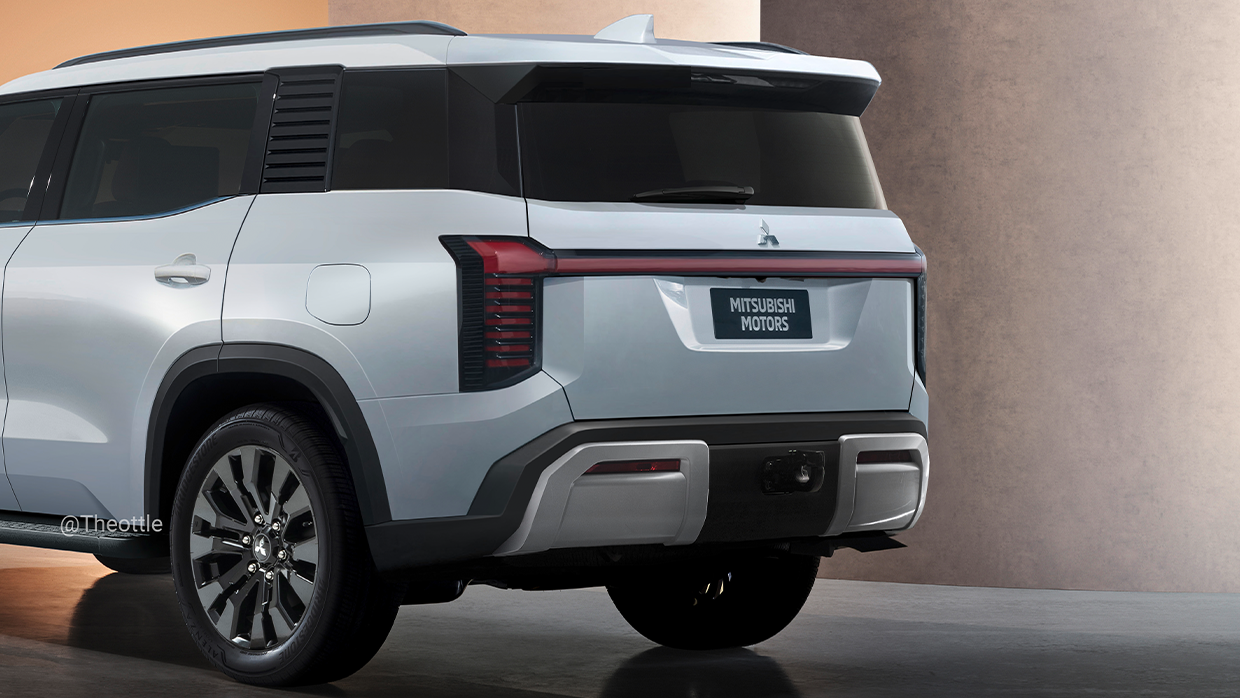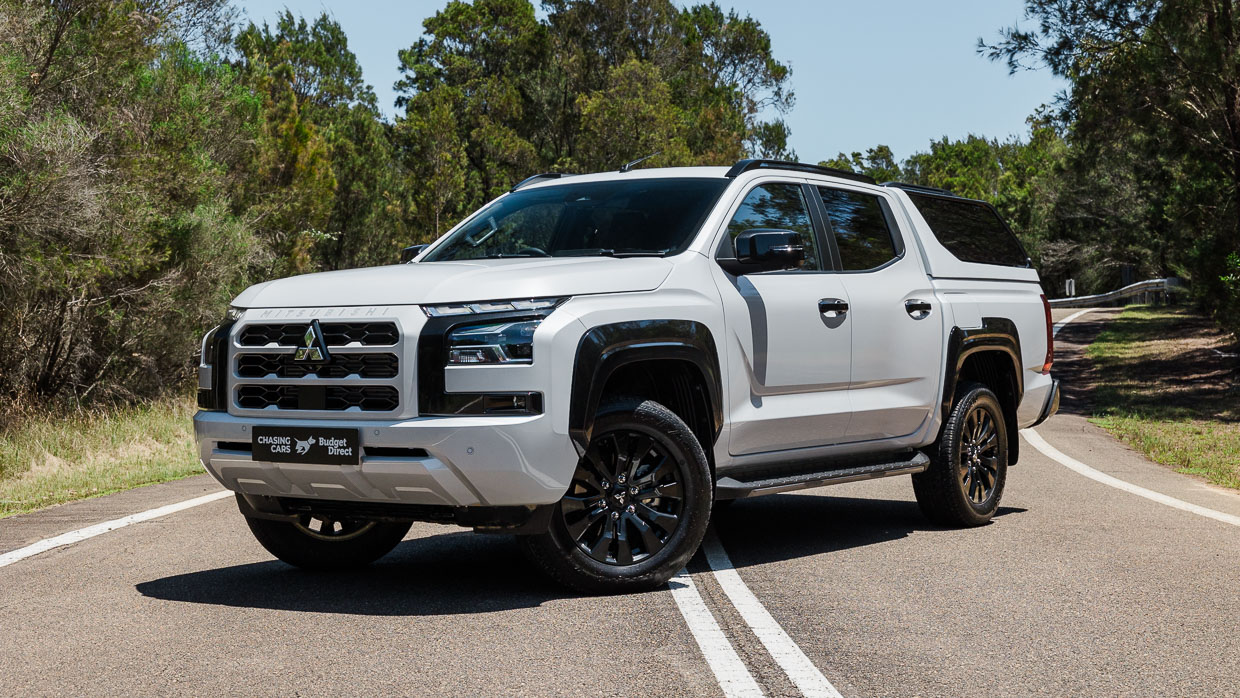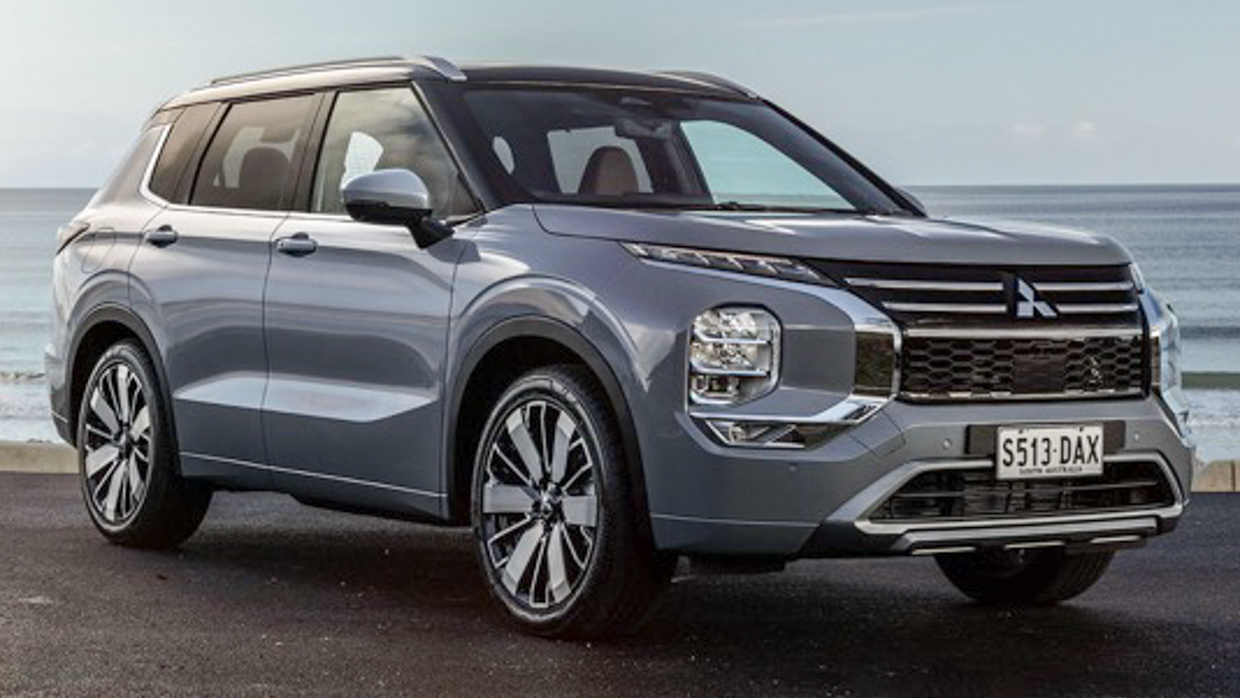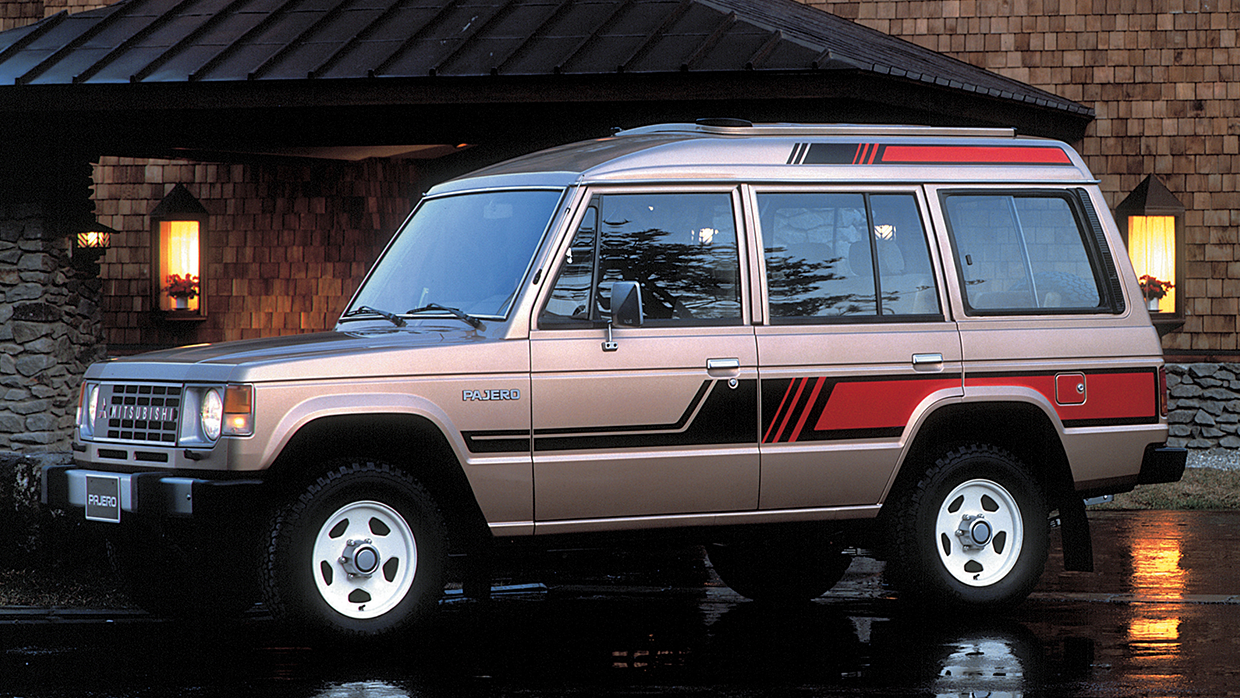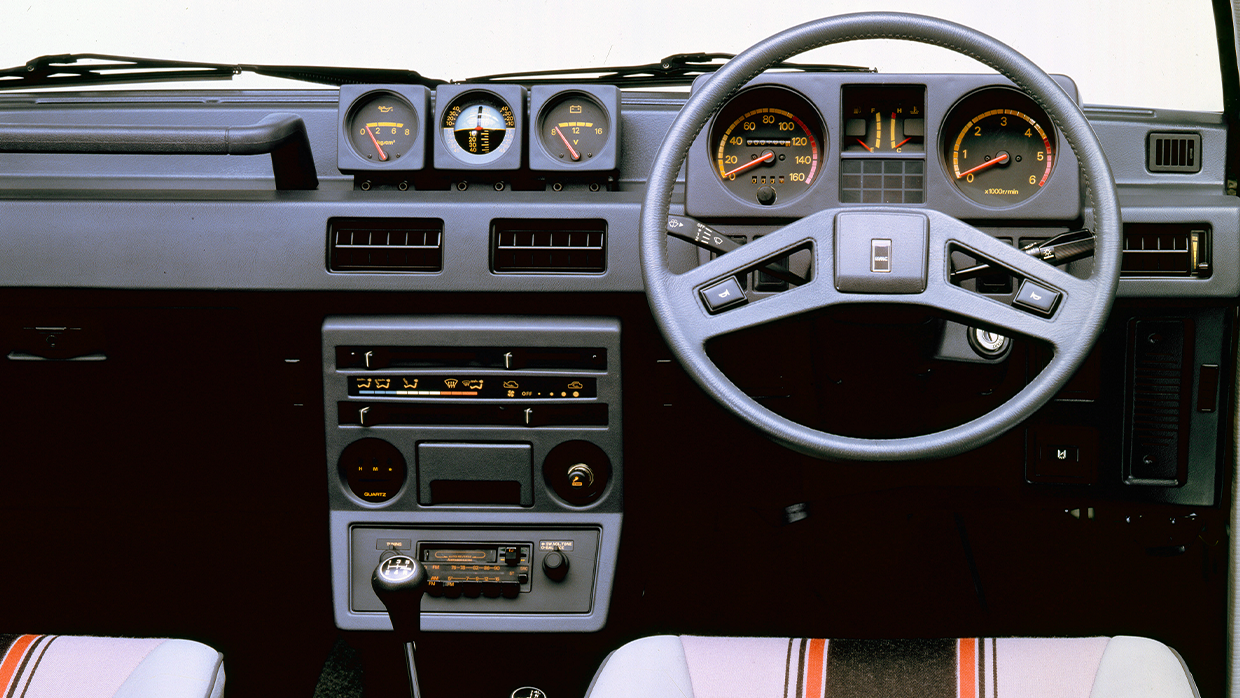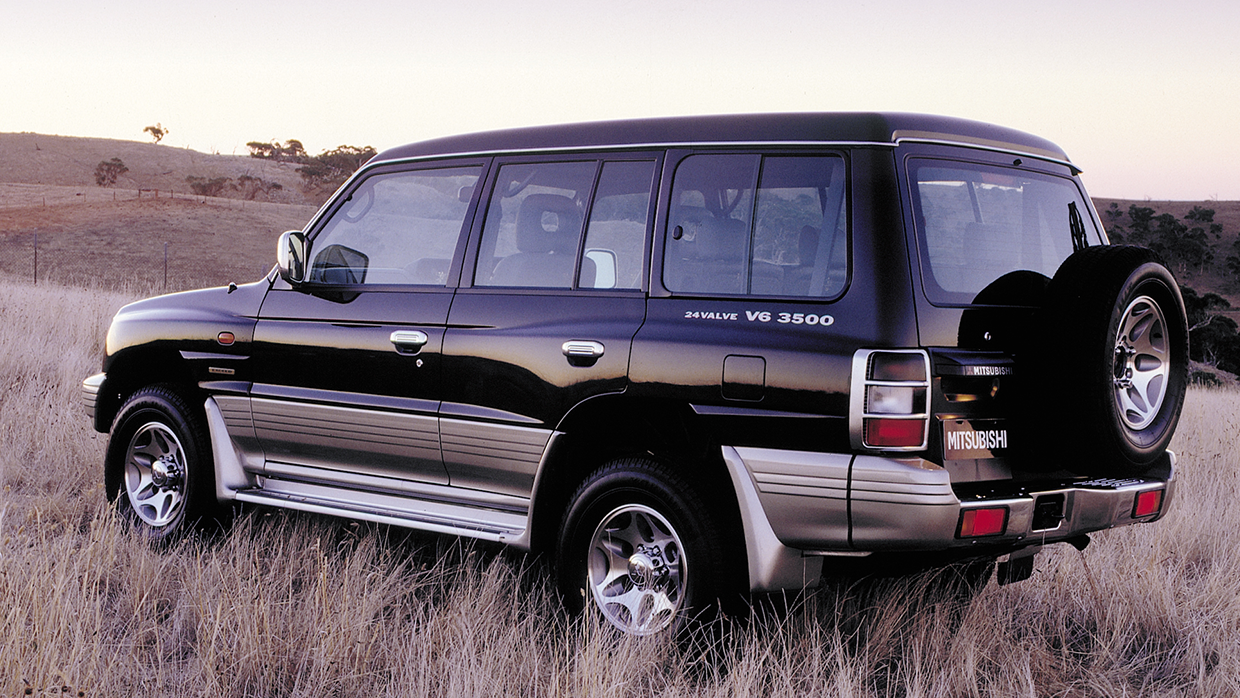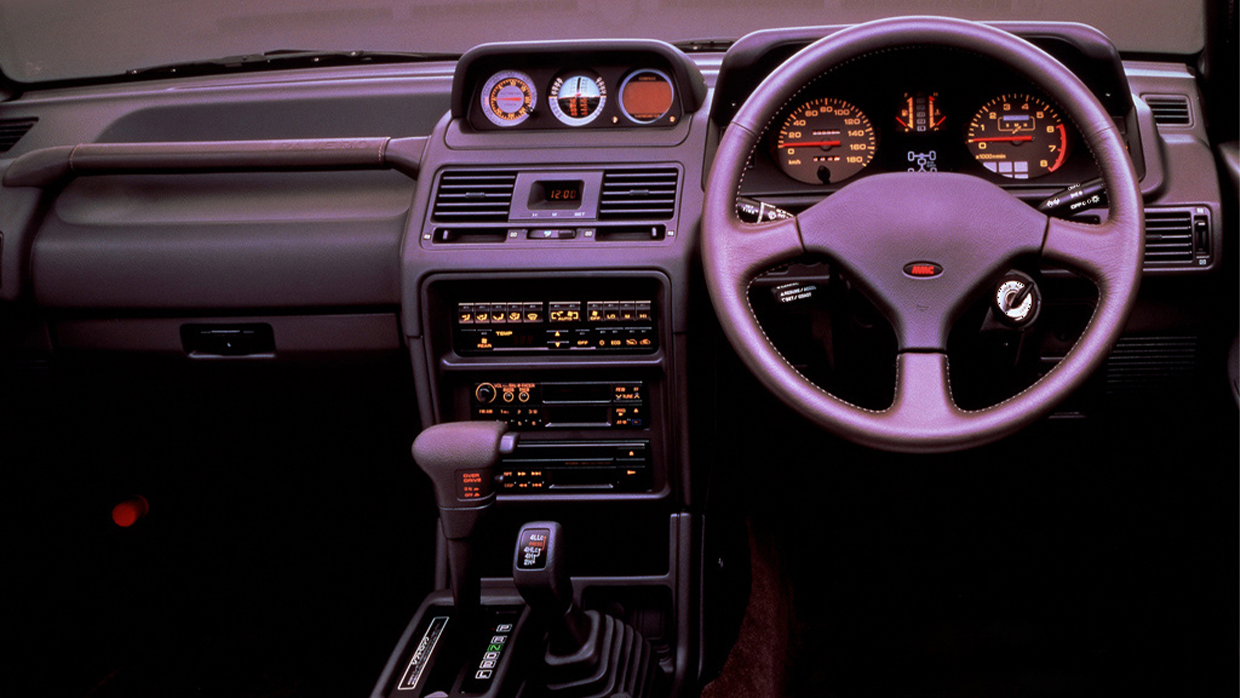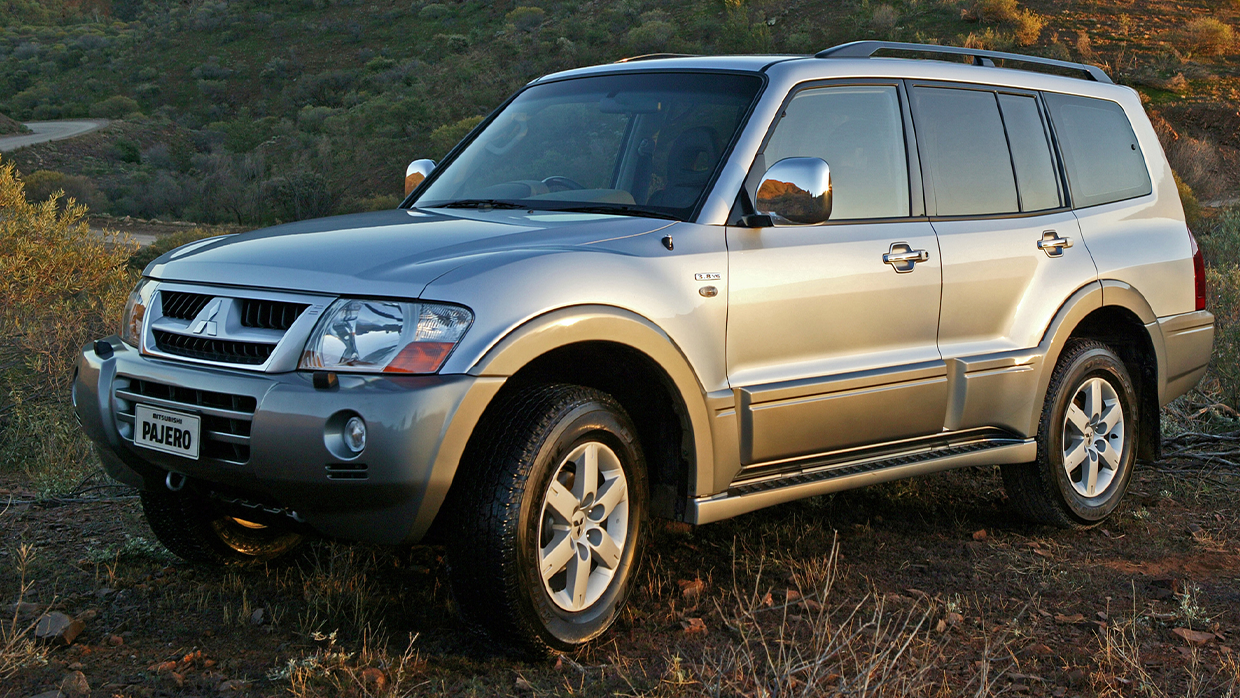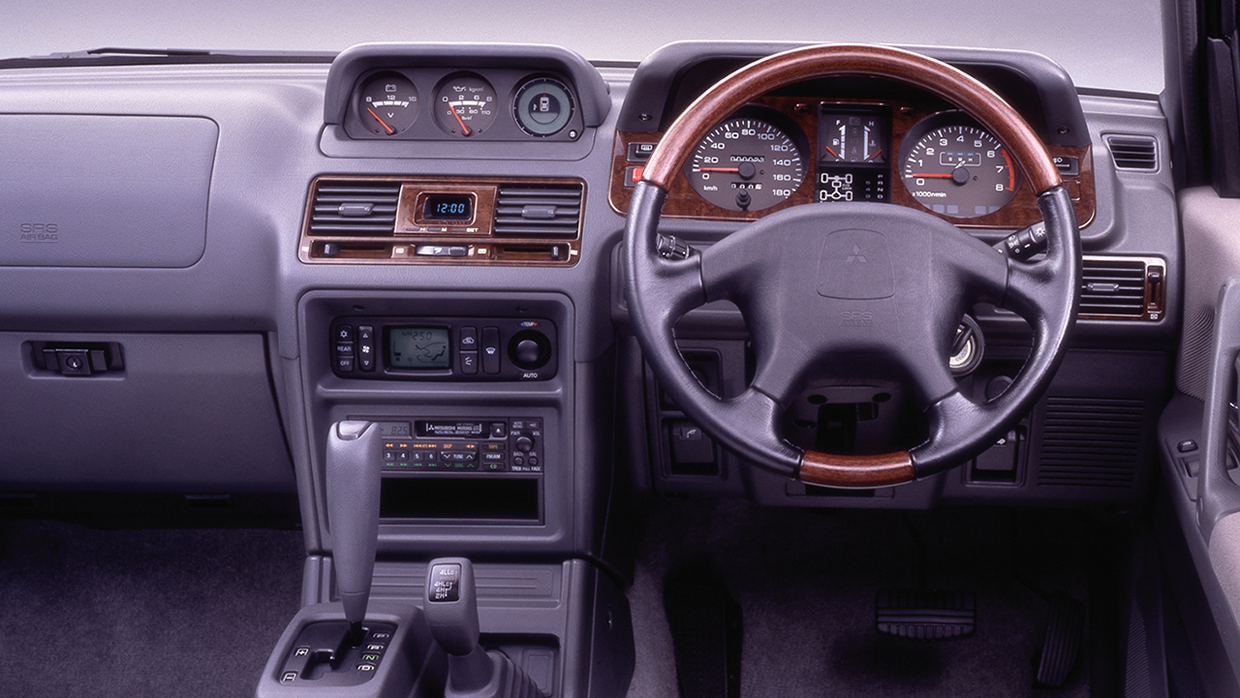-
Car Reviews
- All reviews
- Midsize SUVs
- Small cars
- Utes
- Small SUVs
- Large SUVs
- Large cars
- Sports SUVs
- Sports cars
- Vans
Latest reviews
- Car News
-
Car Comparisons
Latest comparisons
- Chasing Deals
Next-generation large SUV expected to debut by the end of 2026 as Mitsubishi’s flagship, with a luxurious interior, future hybrid capability
Mitsubishi Motors Corporation is set to revive its iconic Pajero nameplate (or potentially Montero or Shogun, depending on the market) in 2026 with a large, luxurious body-on-frame SUV.
The new model will effectively replace both the decade-old Pajero Sport and the larger, now-discontinued Pajero with one new-generation, off-road-capable SUV.
Based on the latest Triton’s ladder-frame chassis, not the rumoured underpinnings of the new Y63 Nissan Patrol, the next-generation Pajero will be a more sophisticated vehicle than the also Triton-based Pajero Sport.
Effectively, it will provide Mitsubishi with a proper Toyota LandCruiser Prado and Ford Everest rival, as well as a genuine flagship model.
While the shared Triton engineering points to a simpler, cheaper 4WD than the monocoque-platformed Pajero that ended production four years ago, Mitsubishi appears determined to revive the dynamic and design excellence of this much-loved Pajero model (1999-2021).
It won’t be a same-again, ute-based-wagon like the budget Pajero Sport.
Sticking to just ‘Pajero’ (or Montero/Shogun) for the nameplate is yet to be officially confirmed, however if Mitsubishi wants to establish its new large, ladder-frame SUV as a capable, luxurious, high-quality 4WD offering, then distancing this new model from the low-rent Pajero Sport would be an intelligent strategy.
These reportedly accurate design renders from Theottle show the new-generation Pajero incorporates several distinctive Mitsubishi design cues.
Vertical head- and tail-light elements, the Triton’s broadly masculine grille shape, and the Outlander’s floating roof effect with blacked-out pillars, into a large and imposing, yet surprisingly elegant design.
As revealed by camouflaged spy pics taken in Europe in July, the 2027 Pajero/Montero/Shogun will feature a clamshell bonnet, squared-off wheelarches, a beltline kick-up in the rear doors, and a tapering glasshouse.
It has been suggested that the new Pajero’s styling takes some inspiration from the Y63 Patrol, which you can see in this render with its shoulder line and full-width tail-light aesthetic, though Mitsubishi’s large SUV will be far from a clone.
If the production car manages to successfully capture the solid surfacing, classy proportion and restrained detailing seen here, then the new-generation Pajero will already be off to a great start.
While there is an expectation that the new Pajero will offer some form of hybridisation during its lifespan, exactly what form that will take is yet to be determined.
Mitsubishi has an impressively long and successful history with plug-in hybrids so a ‘Pajero PHEV’ is almost a certainty, though perhaps not from launch.
A plug-in hybrid Triton has also been mooted for the future, so given the shared platform between Triton and new Pajero, a PHEV version should be on the horizon.
The rest of the powertrain line-up – and even the suspension layout – remains open to speculation at this point.
A PHEV version of the Pajero would work best with a cleaner, quieter petrol engine, such as the MY25 Outlander’s combination of a 2.4-litre petrol four-cylinder with two electric motors (one front, one rear) and a 22.7kWh battery for a system power output of 225kW.
But its adaptability to the separate-chassis Triton platform from the Outlander’s monocoque CMF-CD platform is yet to be determined.
Being a Triton relative means that Mitsubishi’s 150kW/470Nm 2.4-litre twin-turbo four-cylinder diesel engine is an easy inclusion, though it would require considerable calibration work – and a new automatic transmission with more than six ratios – to do justice in a large, luxurious, 4WD-capable SUV.
Rival SUVs and 4WDs rely on similar four-cylinder diesel powertrains, such as the 148kW/440Nm 2.2-litre turbo-diesel in the Kia Sorento/Hyundai Palisade and the 150kW/500Nm 2.8-litre mild-hybrid turbo-diesel in the Toyota Prado, though all these vehicles feature eight-speed automatic transmissions.
The current 4WD class benchmark, the Ford Everest, features a 10-speed automatic and two diesel powertrain options – a 154kW/500Nm 2.0-litre twin-turbo diesel four-cylinder and an effortless 184kW/600Nm 3.0-litre turbo-diesel V6.
Among the stable of alliance powertrains (Mitsubishi, Nissan and Renault), no one currently offers a diesel V6 engine.
The Ford Everest also features a five-link, coil-sprung version of the Ranger’s live-axle rear suspension – just like the Ranger Raptor – while the coil-sprung Prado enjoys a similar advantage over the leaf-sprung Hilux.
If the new-generation Pajero is to improve on the underdone ride quality and disappointing load control of the latest Triton, then its rear suspension hardware will require comprehensive re-engineering and upgrading for it to match the dynamic abilities of the Everest and Prado.
In its heyday, the original Mitsubishi Pajero was a resounding success – achieving its Japanese production record of 174,708 units with the second-generation model in 1992.
It maintained a consistent following in Australia across multiple generations from its launch in January 1983 to its eventual departure in 2022.
The Pajero’s all-time Australian sales record was achieved in 1993 with 9285 units. The last time its annual sales exceeded 7000 units in our market was 2007.
Expect the new-generation Mitsubishi Pajero (if that nameplate gets approved) to appear in Australian showrooms sometime in late-2026, as a 2027 model.
Latest news
About Chasing cars
Chasing Cars reviews are 100% independent.
Because we are powered by Budget Direct Insurance, we don’t receive advertising or sales revenue from car manufacturers.
We’re truly independent – giving you Australia’s best car reviews.
